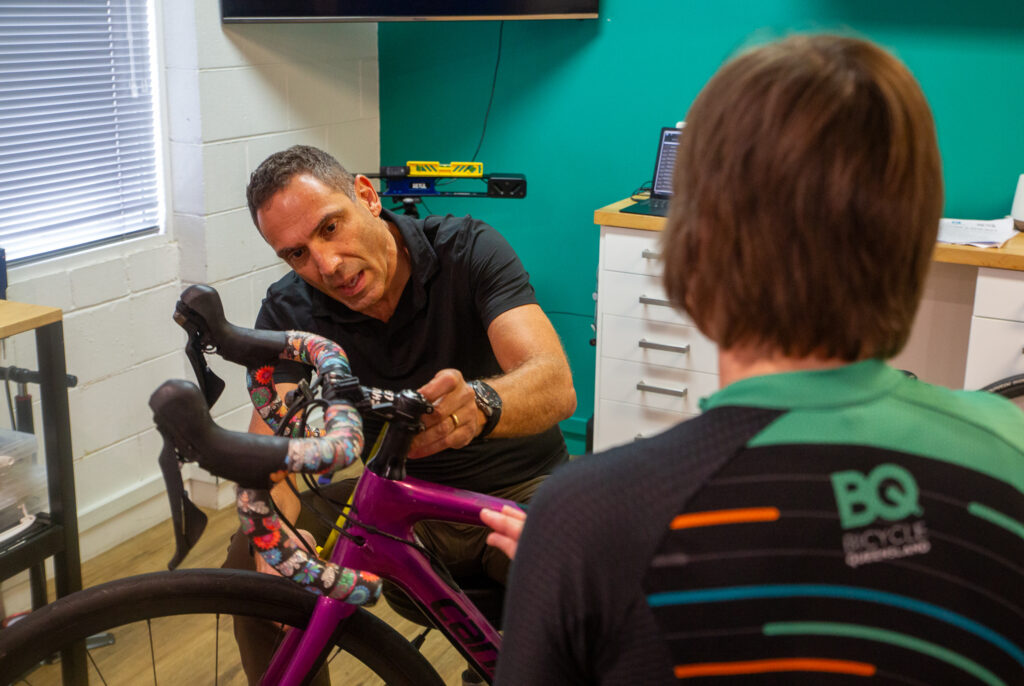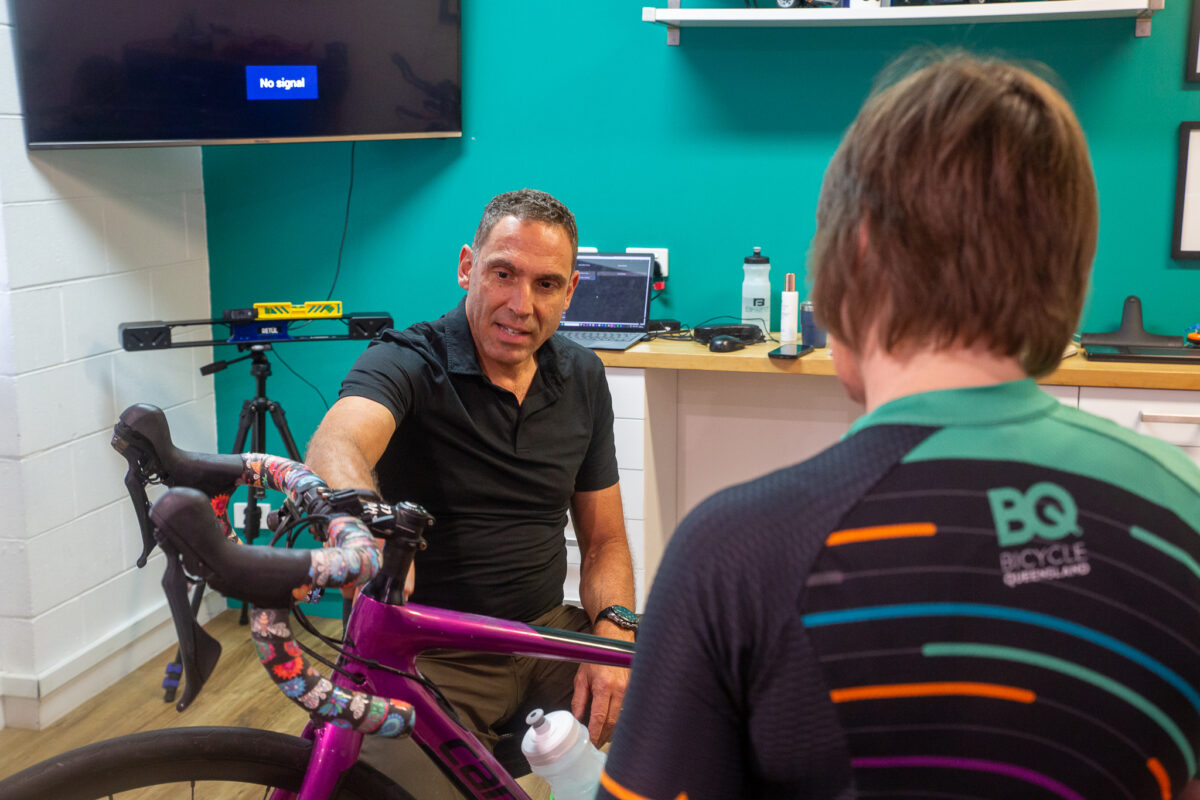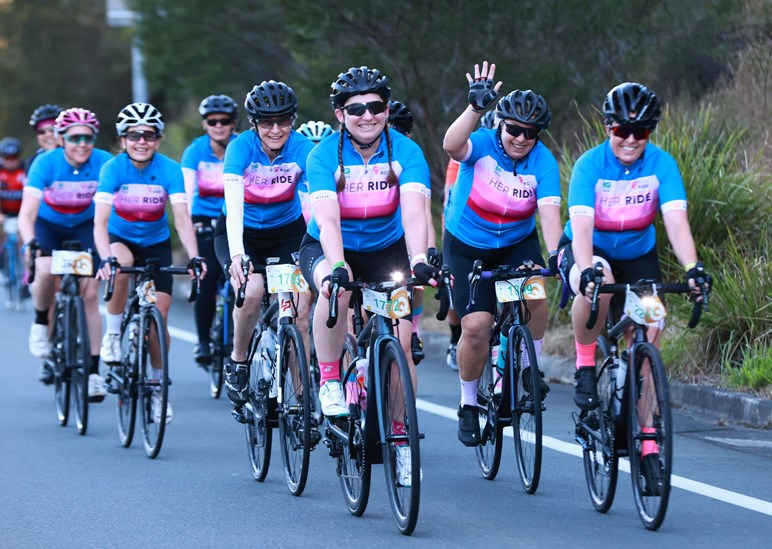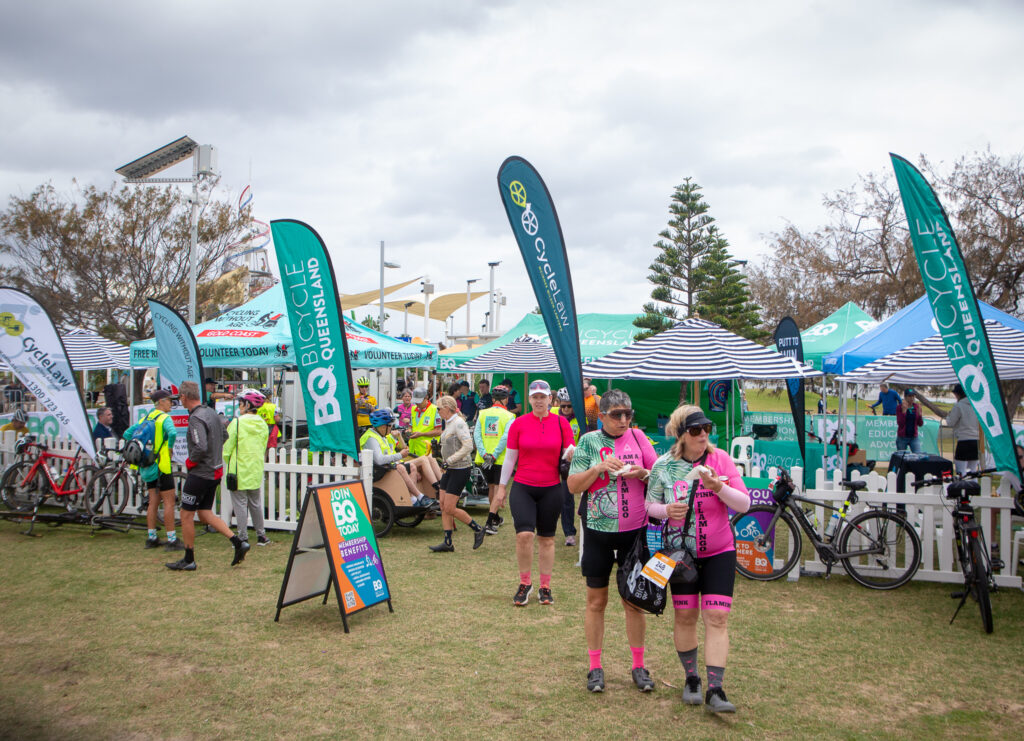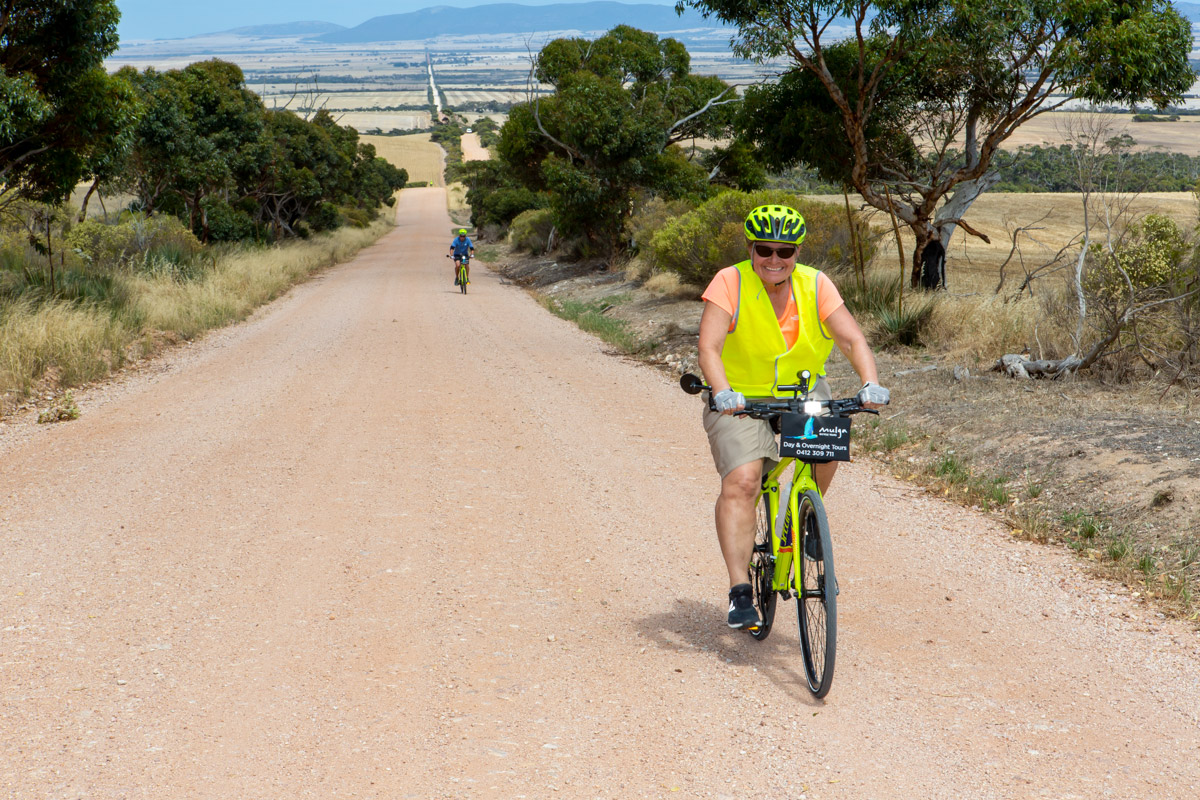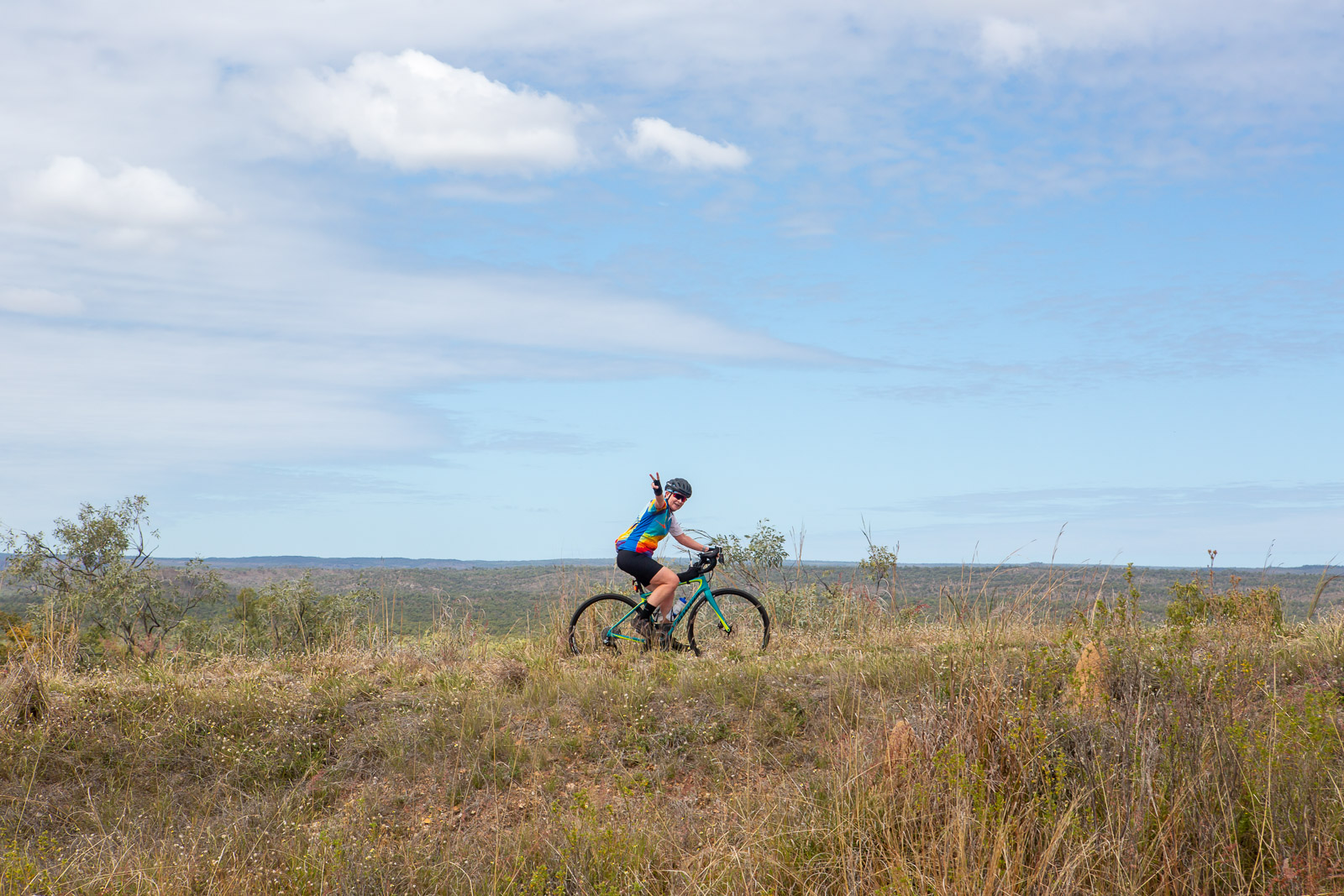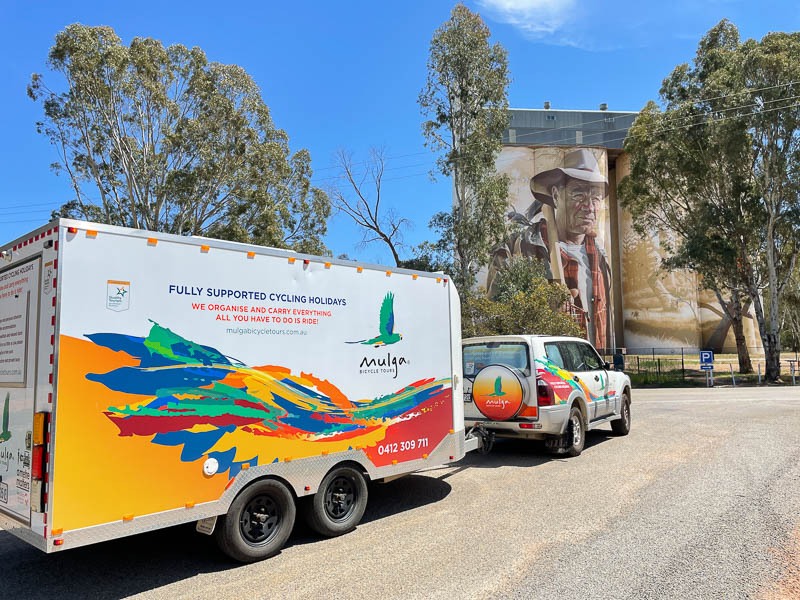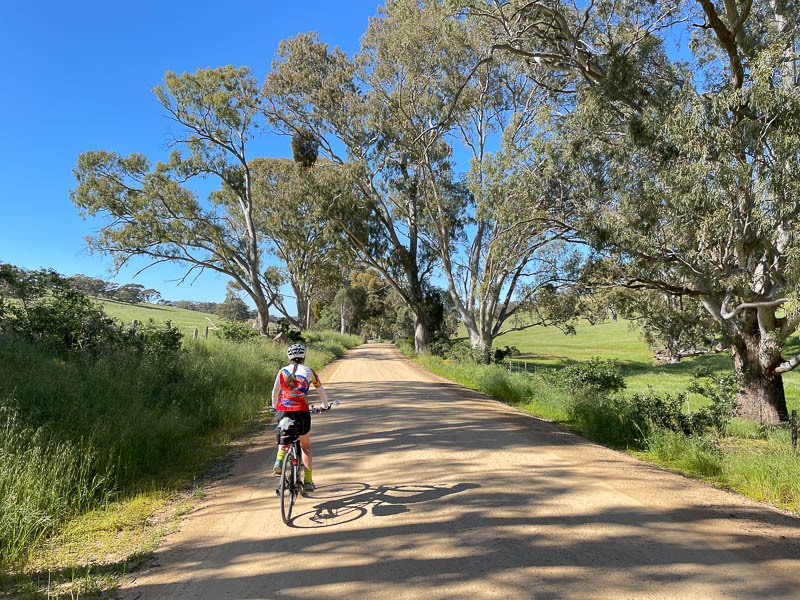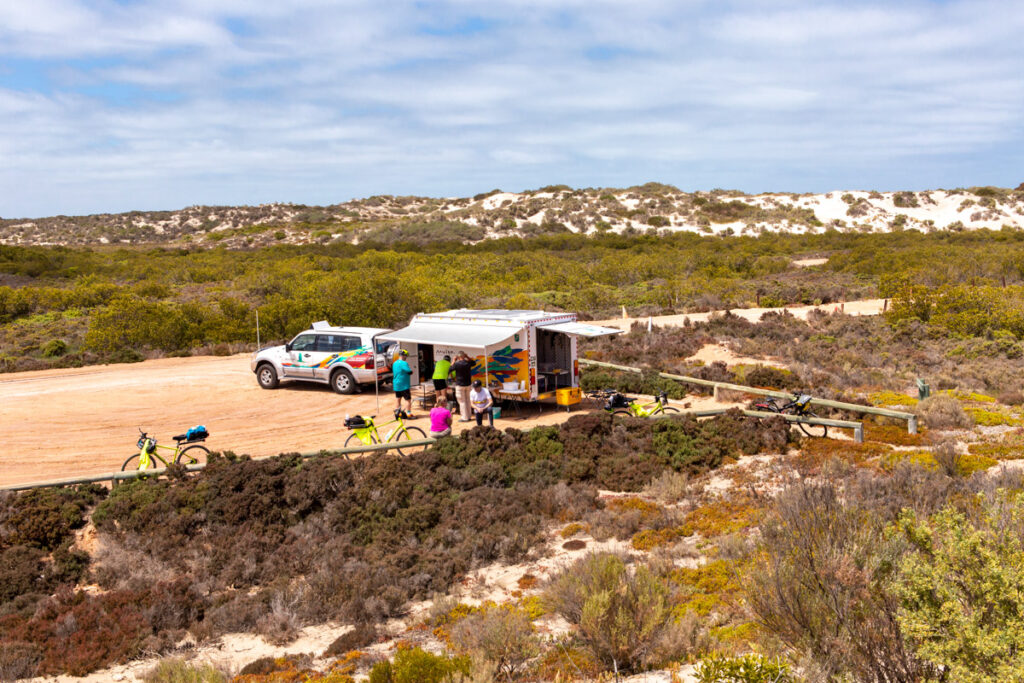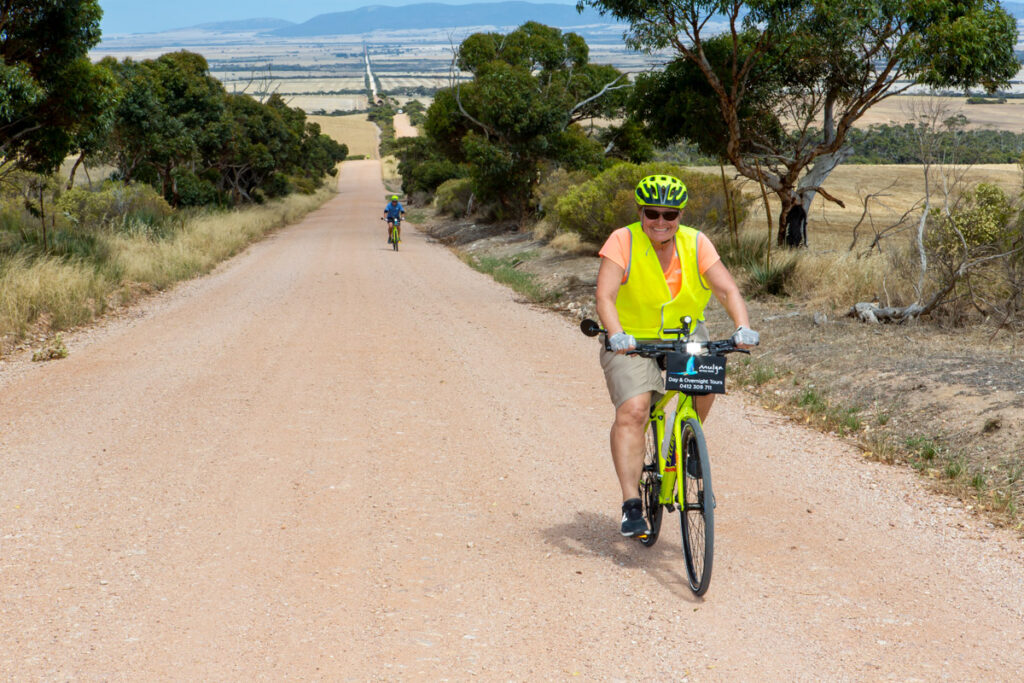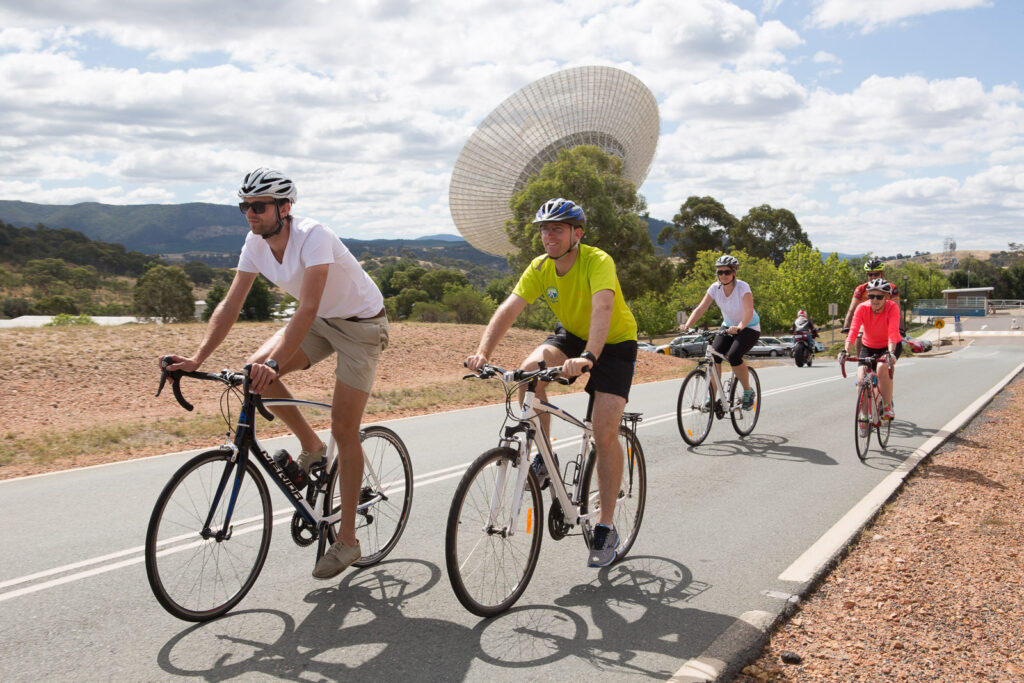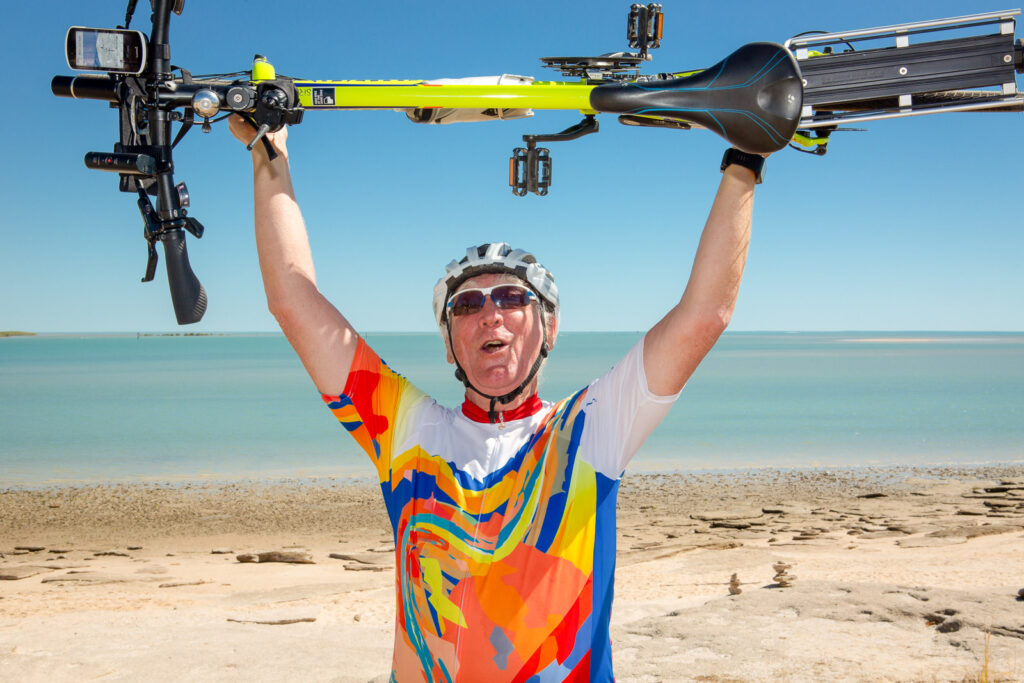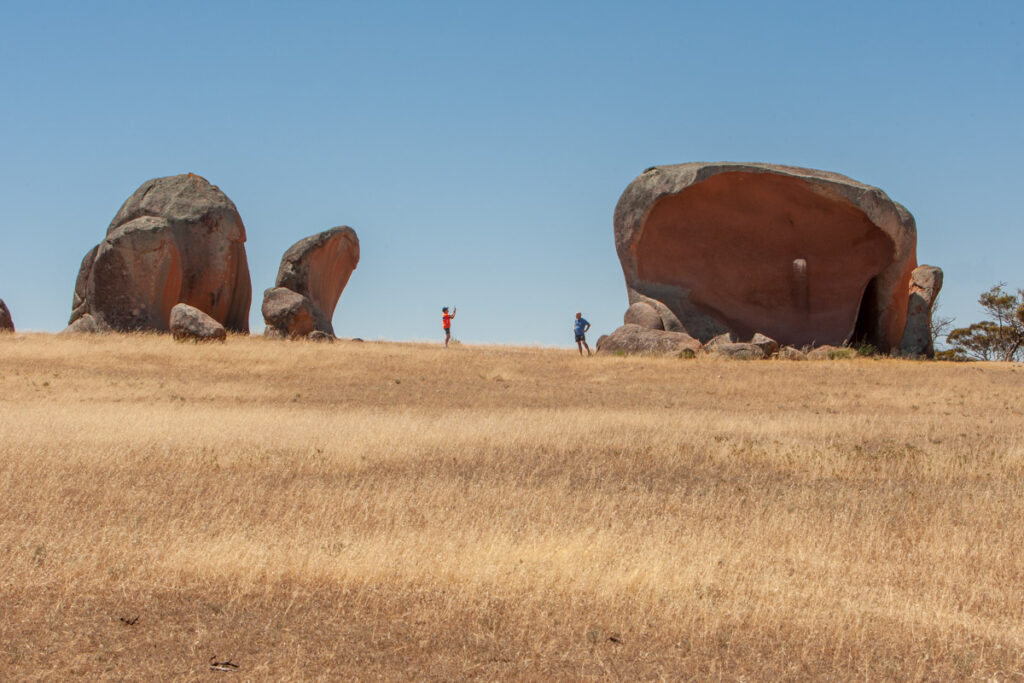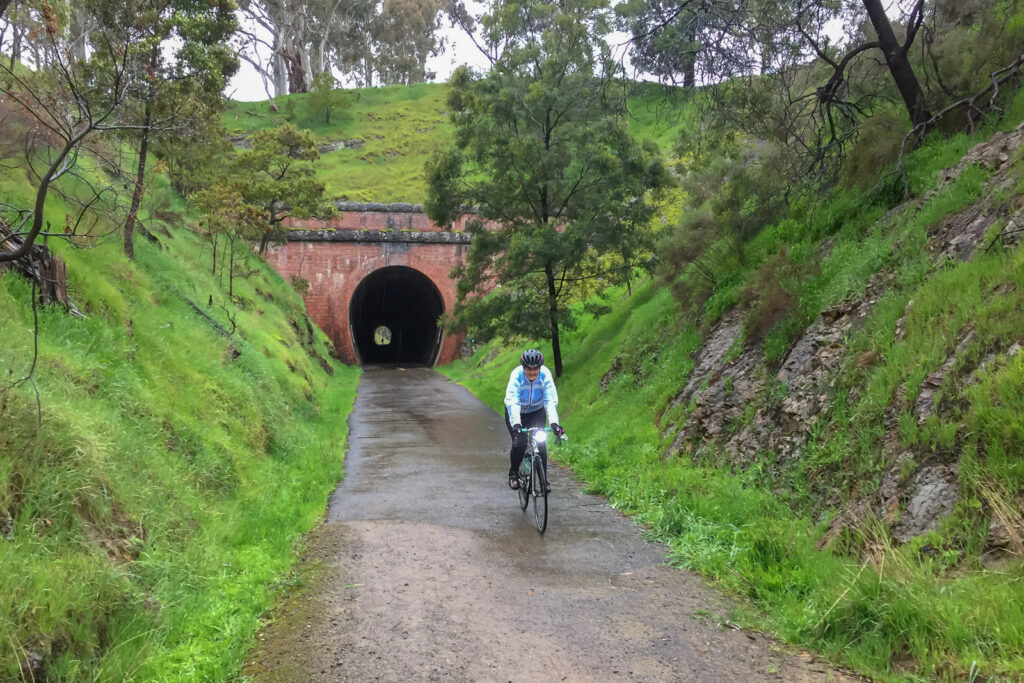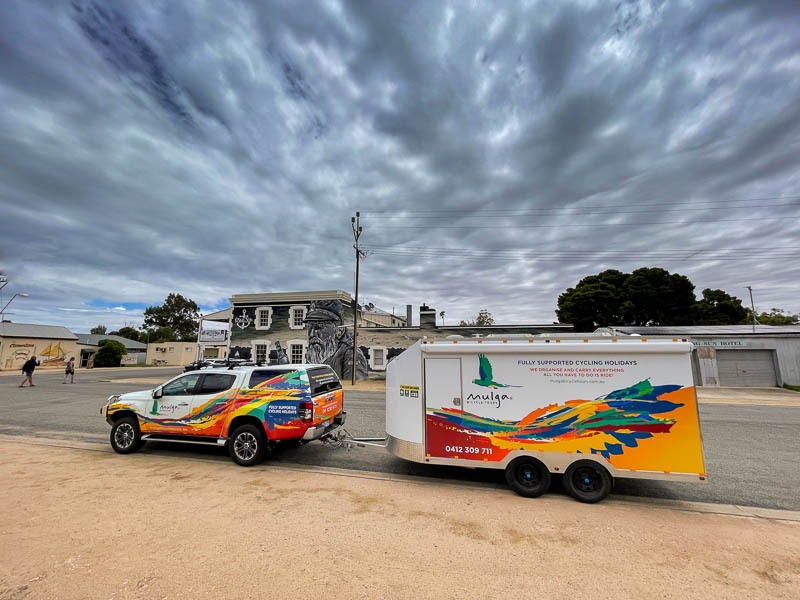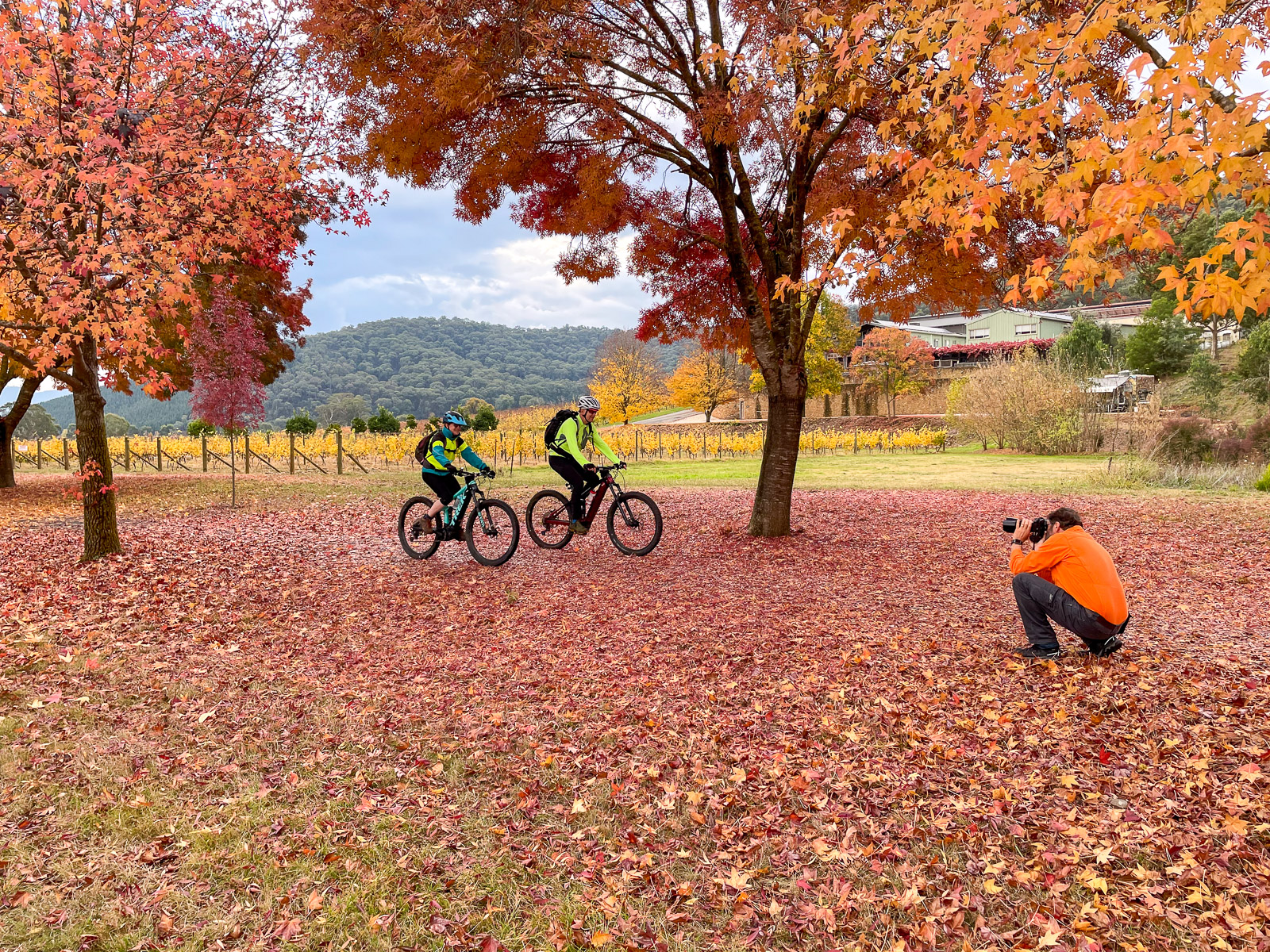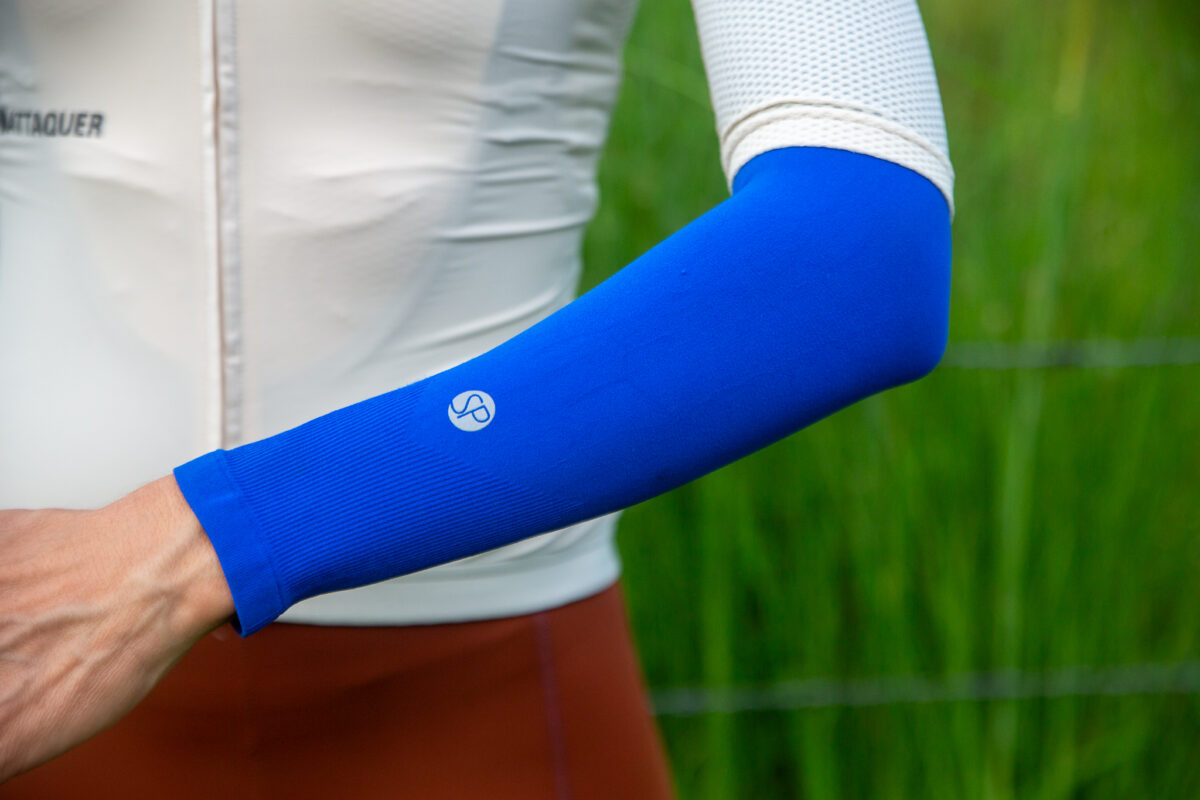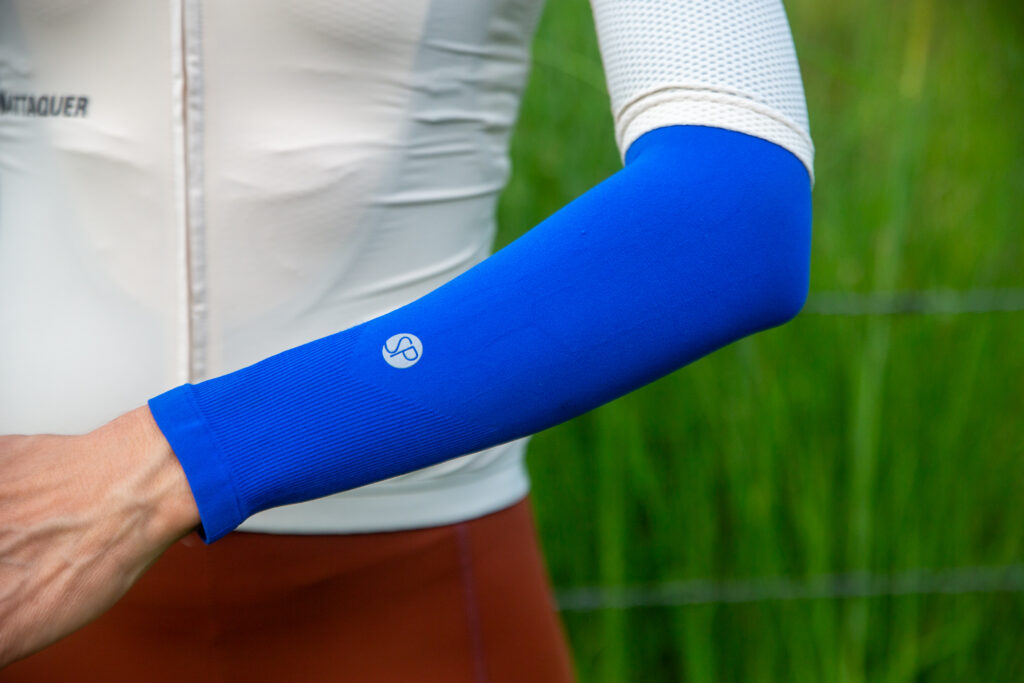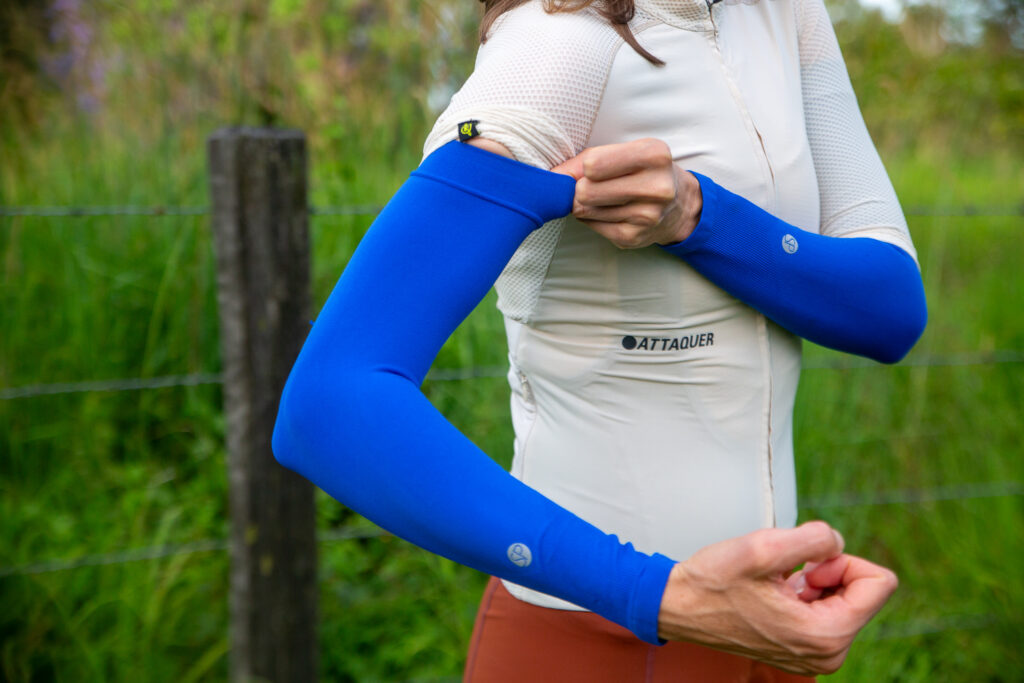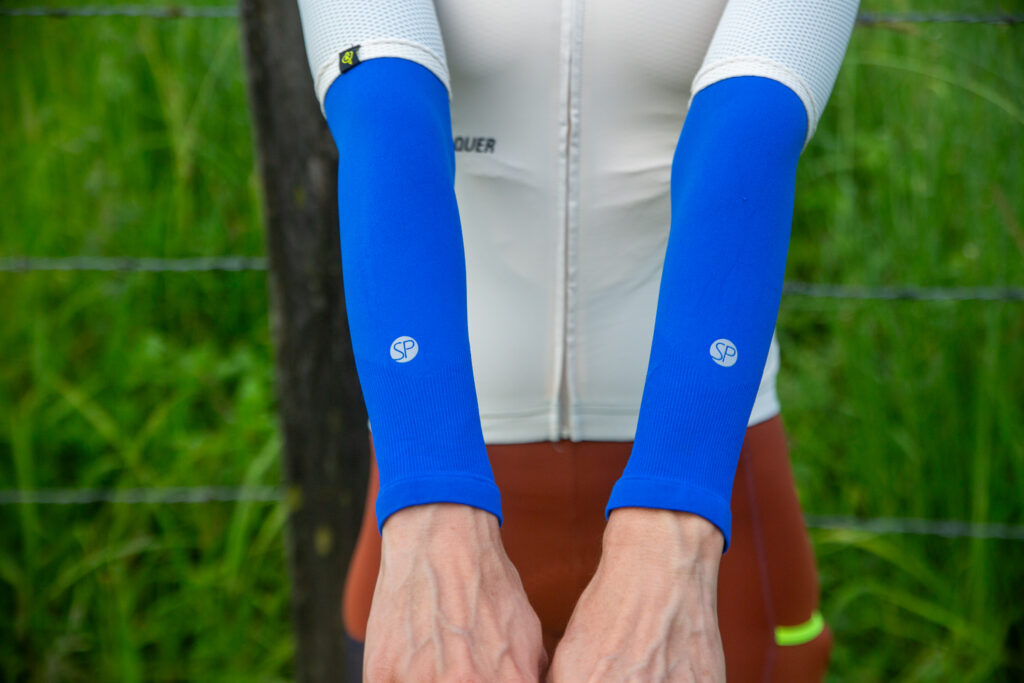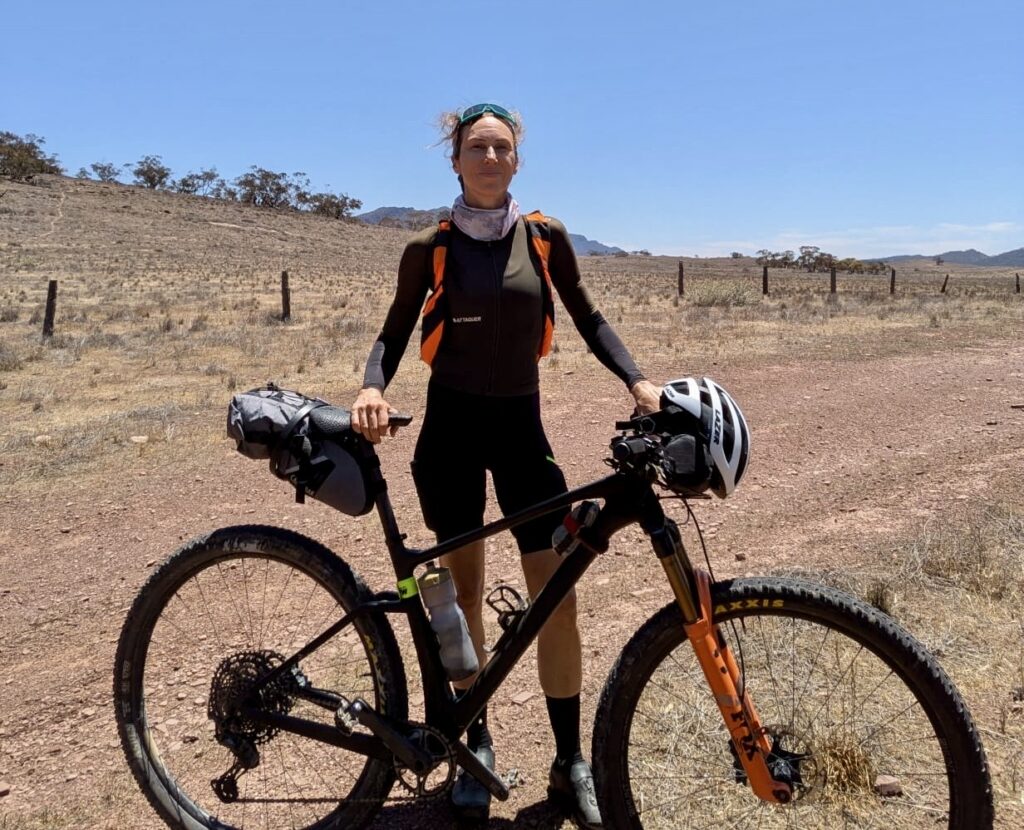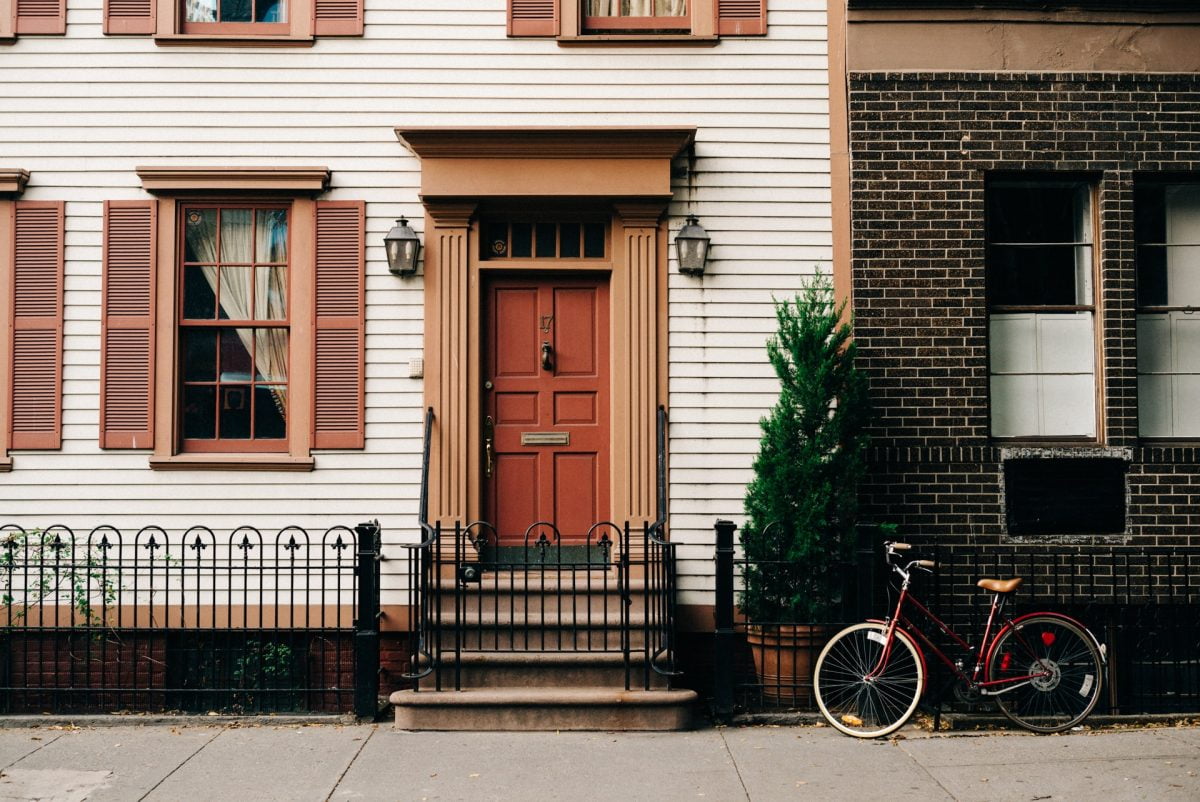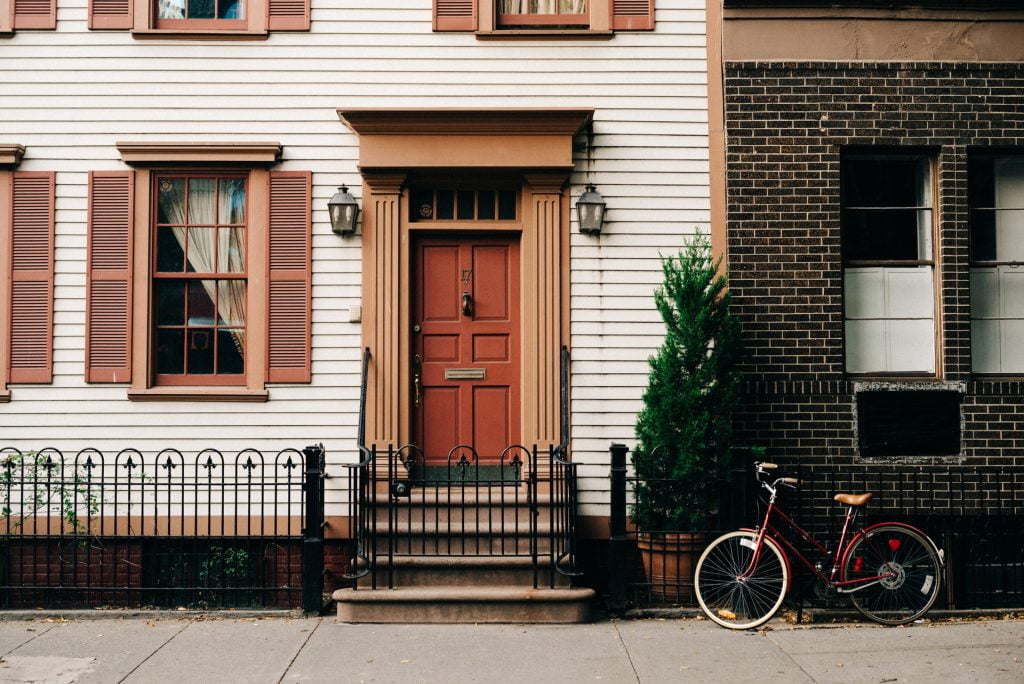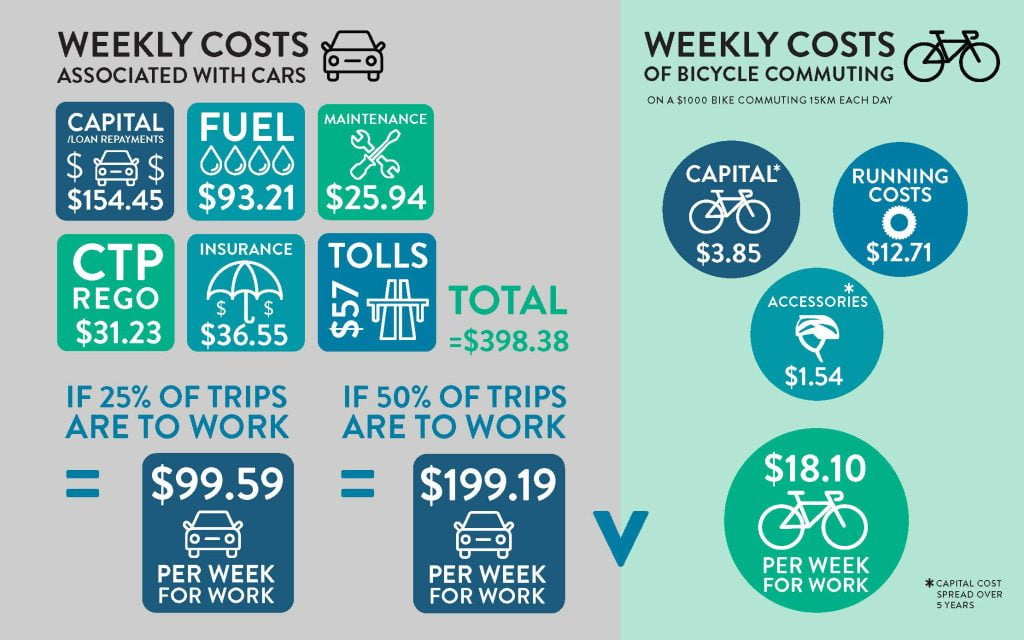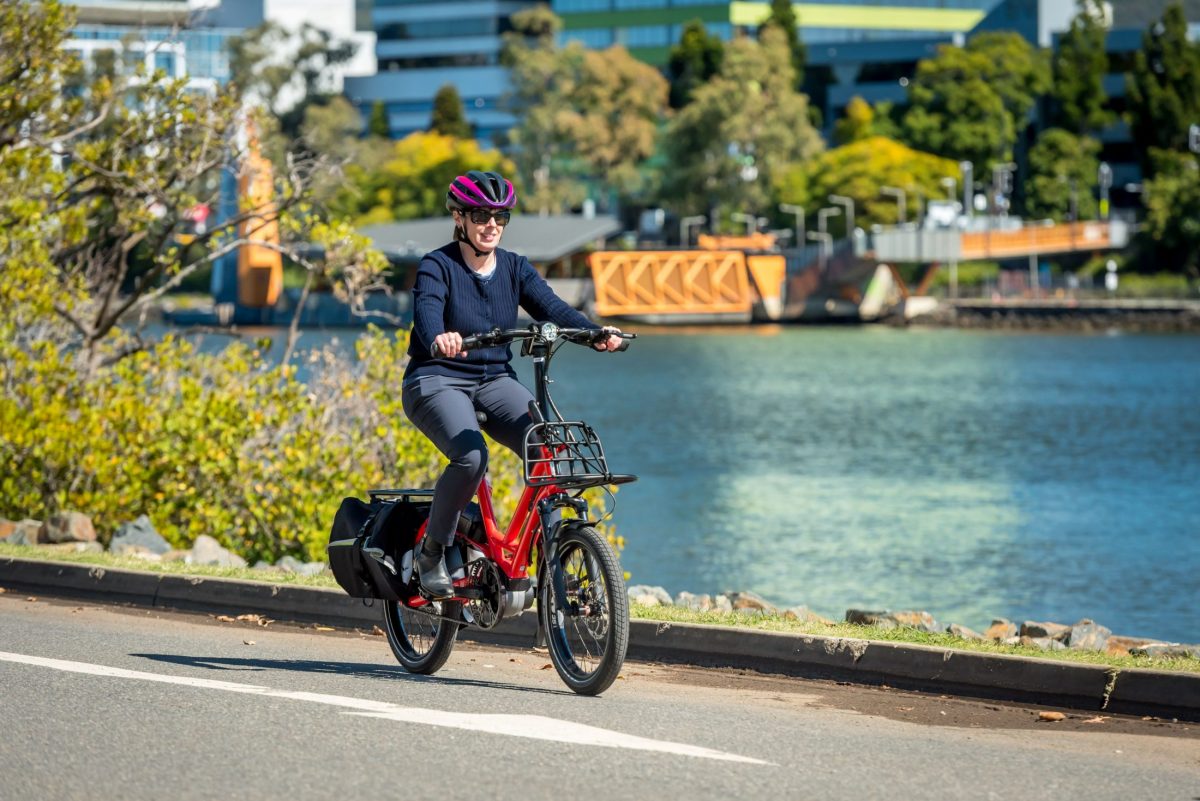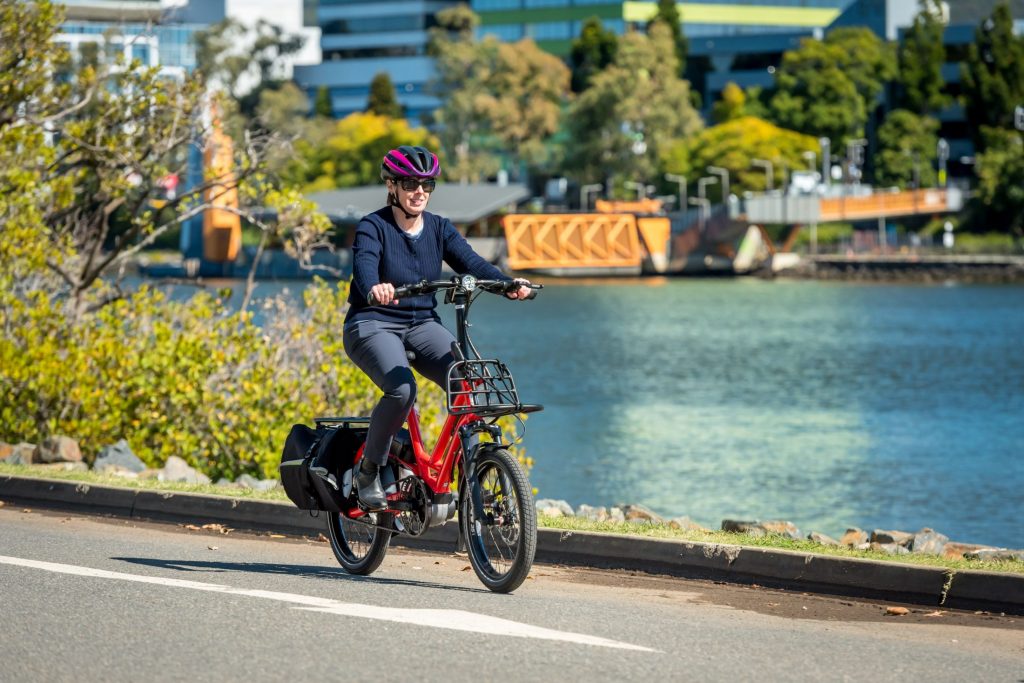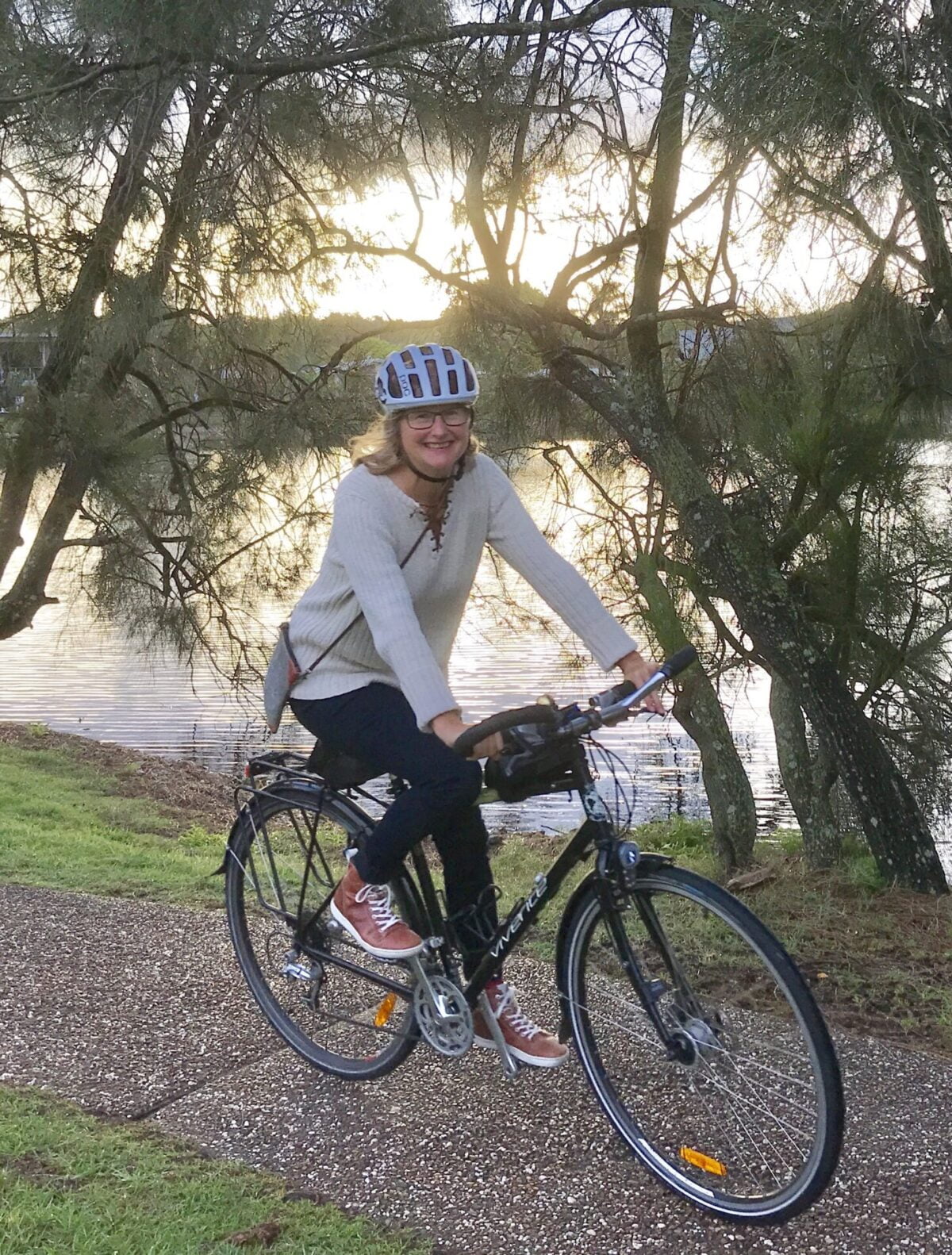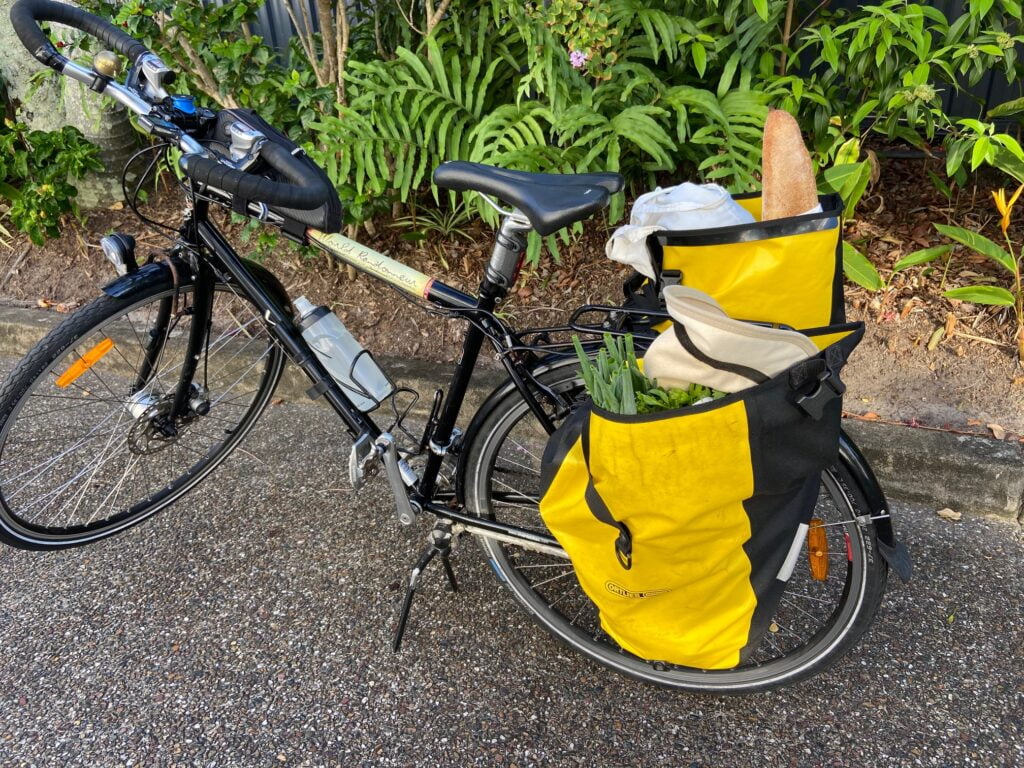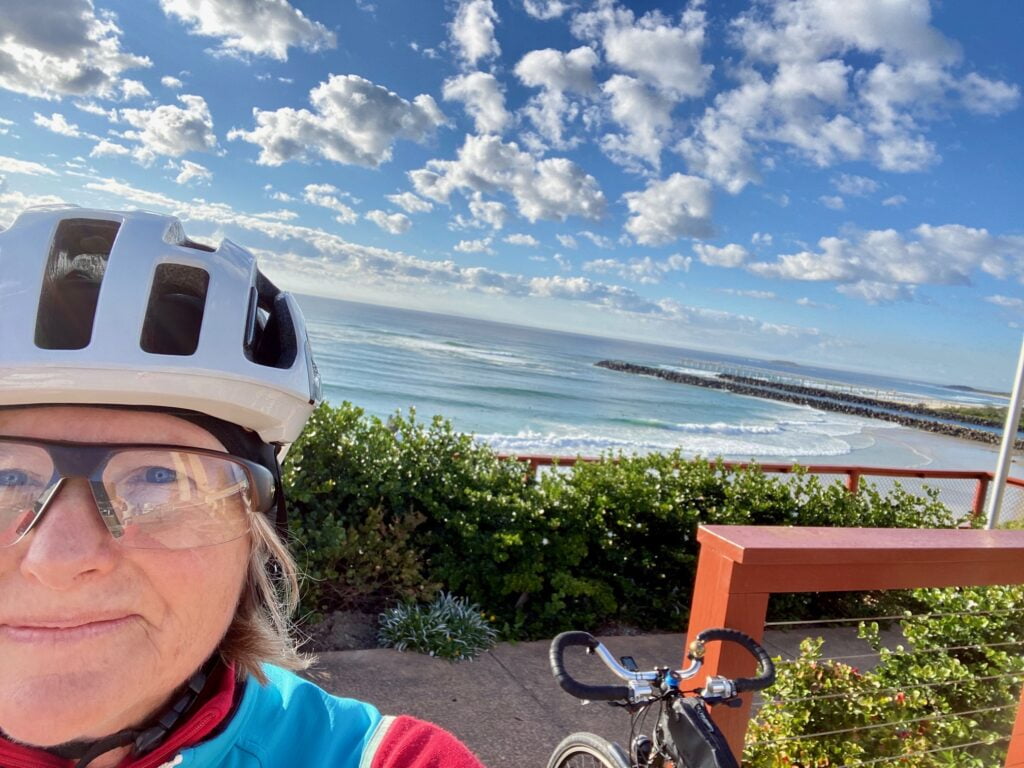In a custom fit-out studio in Brisbane’s West End, riders of all types are finding their sweet spot – on the saddle. This is Bike Fit Studio, and for founder Nick Formosa, the mission is clear: help people ride in comfort, avoid injury, and make cycling an enduring part of their lives.
Nick’s journey into professional bike fitting started decades before the technology caught up.
“I started working in bike shops in the mid-’80s as a kid – sweeping floors and washing windows,” he says. “Back then, we did basic static fitting in the shop, and I was always intrigued by it. I wanted to get my own fit right, and I liked helping others do the same.”
Fast forward to 2008. After years of coaching and referring people elsewhere for fits, Nick recognised a gap in the Queensland market. “There wasn’t too many people in Queensland actually doing this professionally,” he recalls. “I was sending people away all the time, and there was clearly a need.”
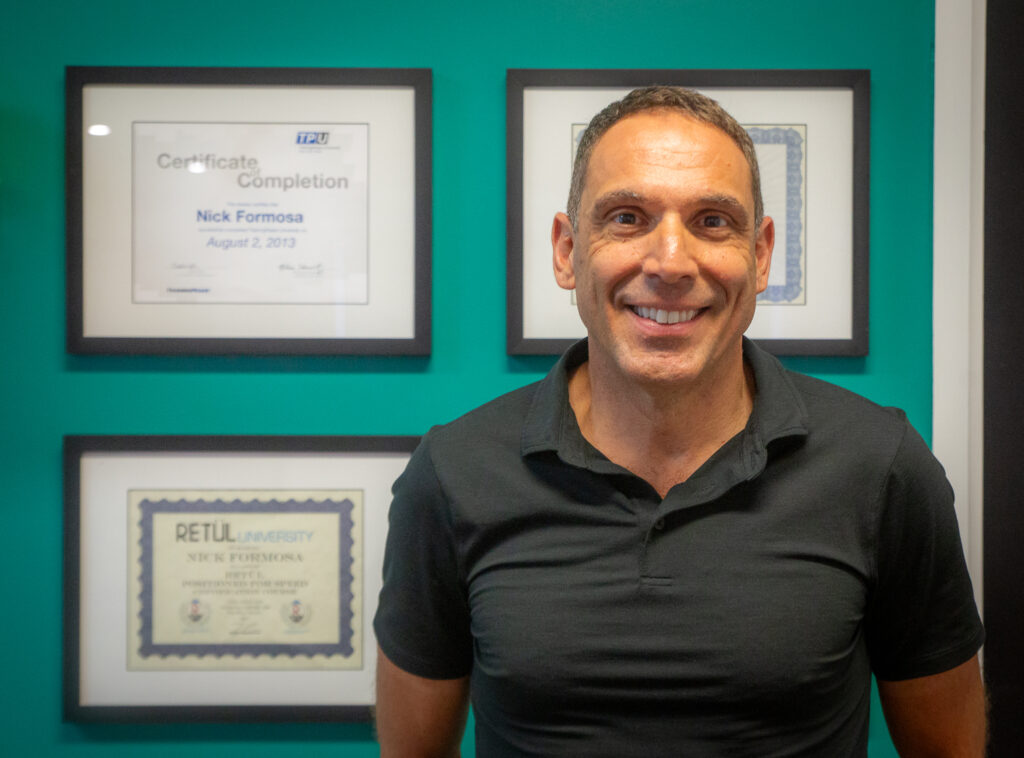
That need wasn’t what he initially expected. “It started out as more of a performance need, to be honest,” Nick says. “But over time I realised the market was predominantly recreational road—people who just wanted to be comfortable on their bike.”
The evolution of the everyday cyclist
The demographic walking through Bike Fit Studio’s door has shifted significantly over time. In the early 1990s, Nick says, most of the cyclists he knew were from the racing or triathlon scenes. Recreational riding simply wasn’t as widespread. With the growth of rides like the MS QLD Brissie to the Bay, the B2GC and of course fondo events around the country.
“Now it’s massive,” he says. “It’s the biggest part of the market.”
He recalls a recent day where three clients came in – an ENT surgeon, a property developer, and a lawyer. “They were all riding for the same reason: a bit of mental health support, stress relief, and physical activity away from their day-to-day lives.”
This rise in recreational riding means more people are discovering that discomfort on the bike isn’t something they have to just put up with. While some still arrive sheepishly, unsure if they’re in the right place, Nick says that mindset is shifting.
“I used to get that question a lot—‘Am I in the right place?’—but not so much anymore. People are starting to understand that a bike fit isn’t just for racers.”
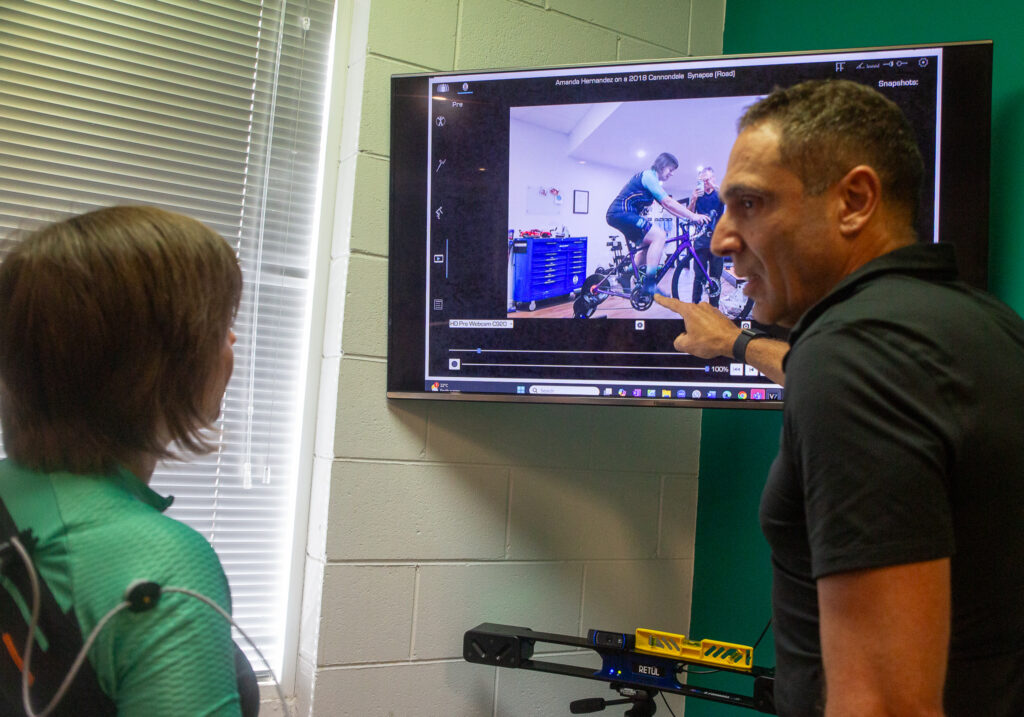
What to expect from a bike fit
A professional bike fit might not be the first thing riders think of when they experience discomfort, but Nick believes it should be.
“You know, some people come in and say they’ve spent the last six months seeing a physiotherapist or doctor because their knee’s been bothering them,” he says. “Then a medical practitioner might refer them to us, and sometimes we pick up things that are actually contributing to the issue—whether it’s saddle position, handlebar reach and height, or cleat position.”
The most common complaints? “Saddle discomfort, neck discomfort, and upper back discomfort,” Nick says without hesitation. “Knees now and then, but mostly it’s the upper body and saddle issues.”
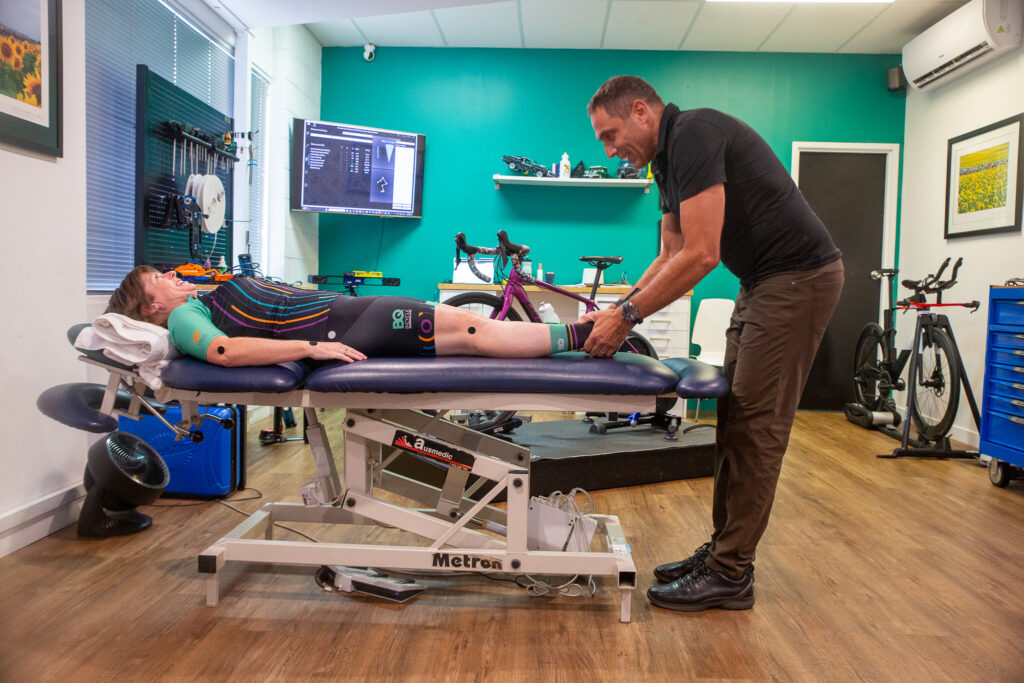
Many of these can stem from poor fit or incorrect bike sizing, but often it’s a combination of both. And while some riders come in without a particular complaint, they often leave with a clearer sense of what a good position feels like.
“A bike fit is essentially about understanding what your body can cope with and making decisions around the position to support that,” Nick explains. “We look at the three contact points—the saddle, the feet, the hands—and how pressure is distributed across those.”
The process is very in-depth. It starts with a range of visual assessments around a rider’s mobility, or any anatomical issues like minor leg discrepencies. Nick uses the Retul fit system, which uses the motion detecting camera and a bunch of smart tech including a tool that looks like Dr Who’s screwdriver to map out your current fit and assess how you fit when pedalling on the bike, including under load. It looks like a mix of art and science – but specific tools and new technology really help to quantify things.
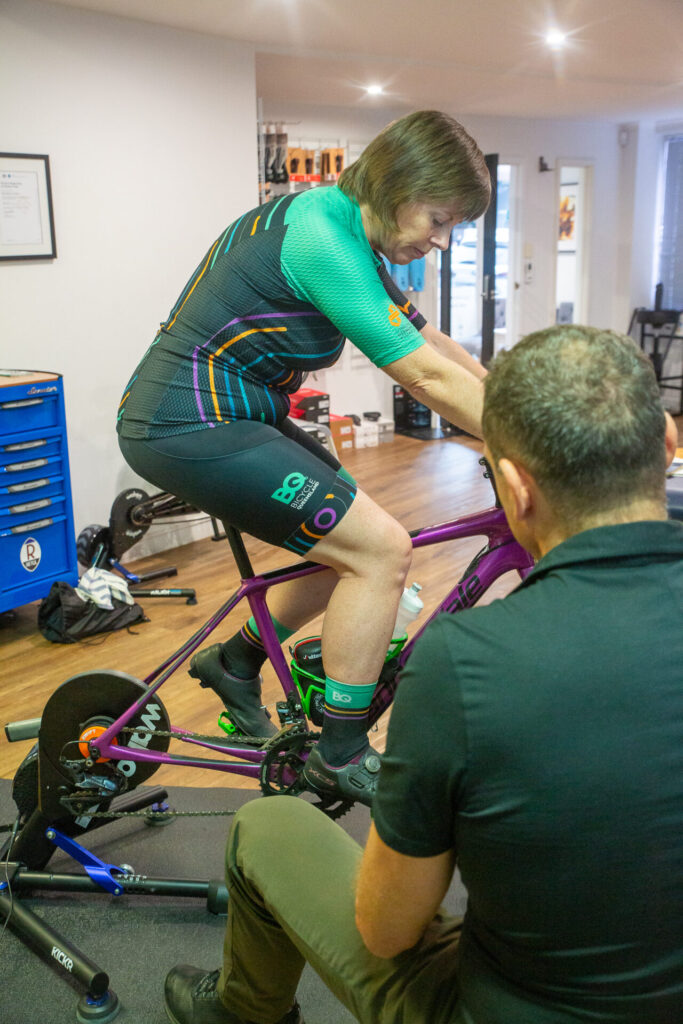
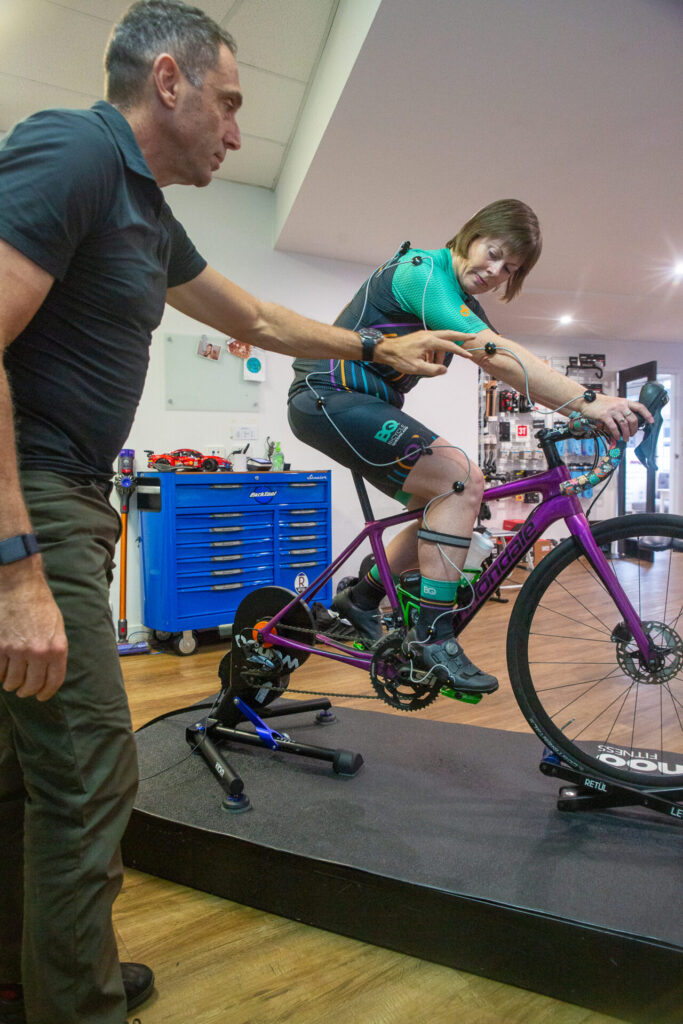
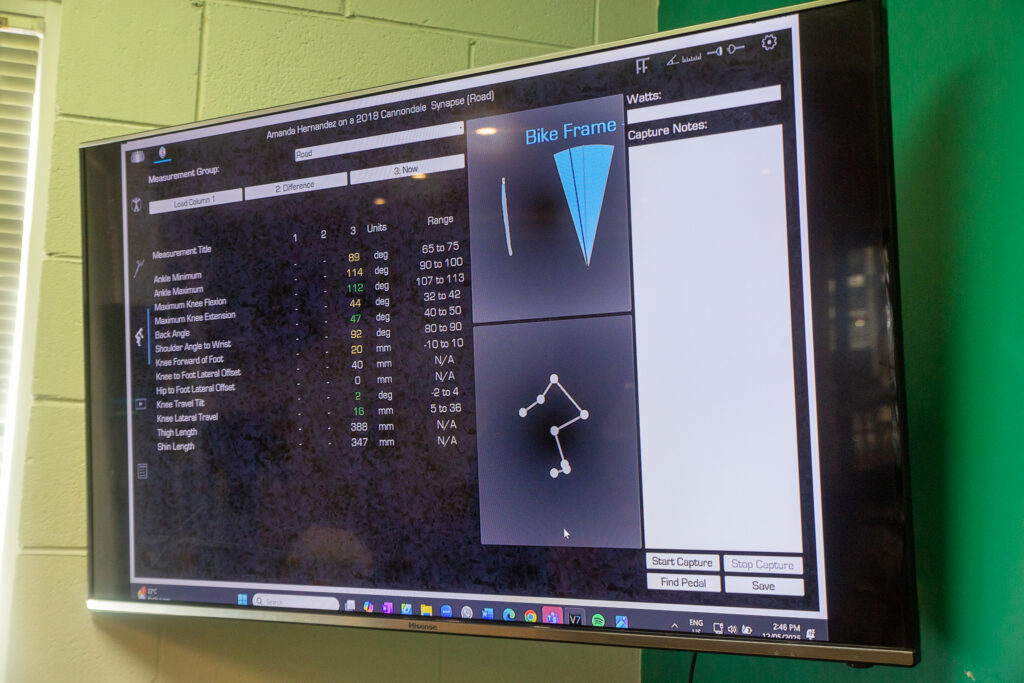
This feeds a lot of data into the system for Nick to analyse. While we see figures on a table, Nick sees signs of incorrect crank length, a stem that may be too long, a saddle that is too high or maybe a case that knee stability has been neglected. This is when the work starts. For a new buyer, Nick can analyse sizing and geometry to get frame size and even the bike choice right. For those with a bike already – the changes begin, as required.
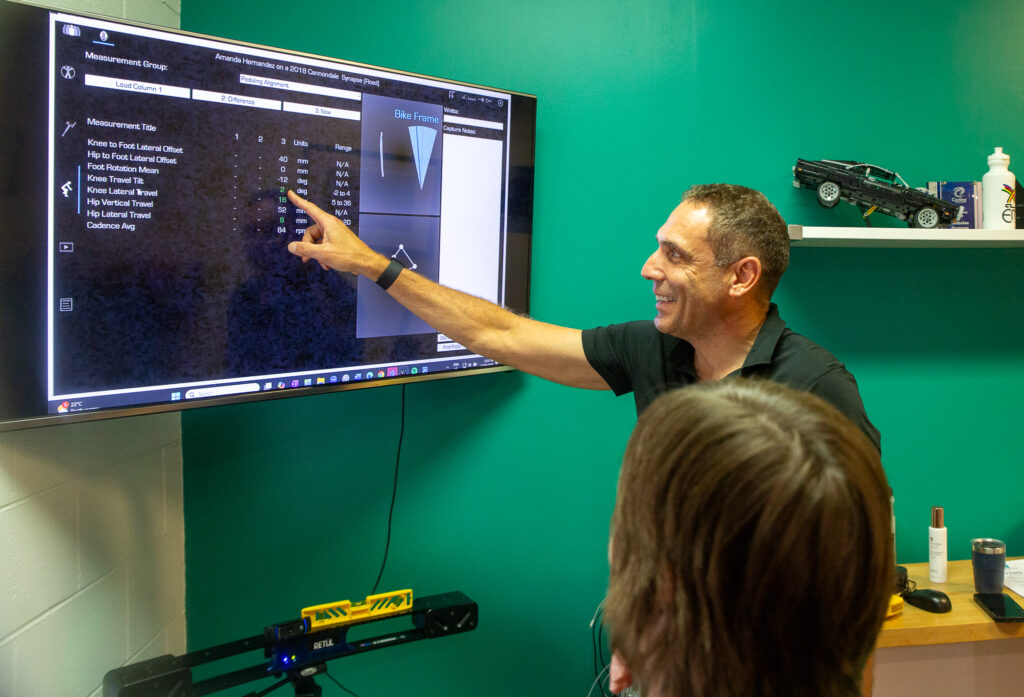
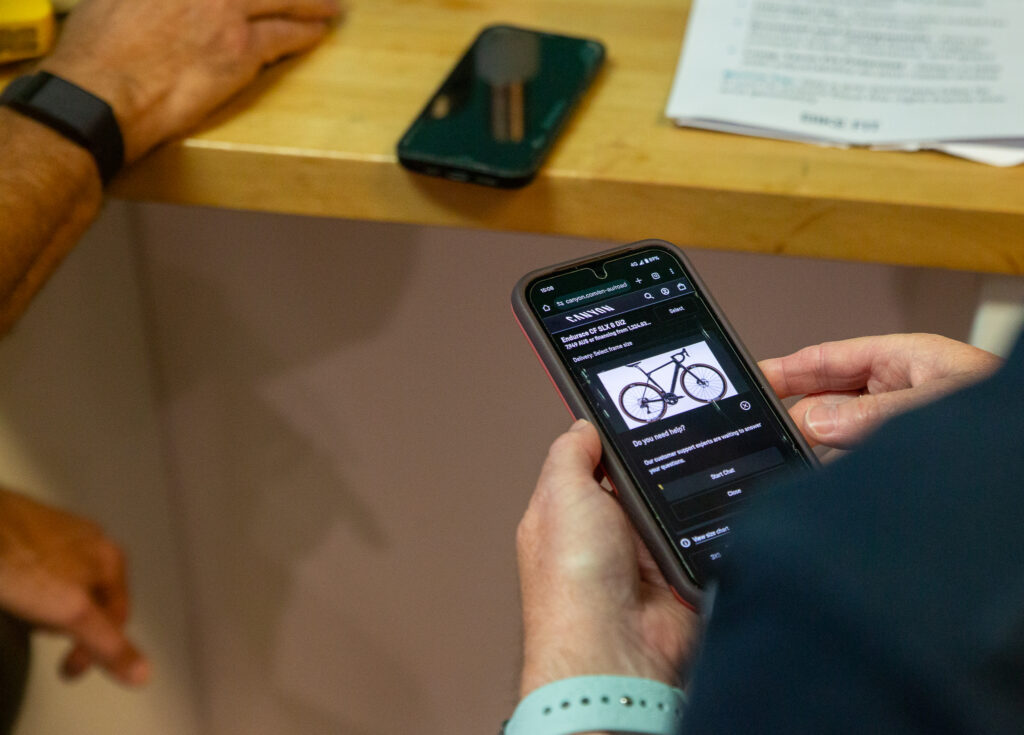
The evolution of a bike fit
A bike fit isn’t a one-and-done process. Nick’s team takes the time to understand how much a rider is using their bike, what their goals are, and how those goals might evolve. For someone riding once a week, the fit prioritises comfort above all. For riders logging four or five sessions weekly, there’s more room to incorporate performance elements.
“Fit definitely evolves over time,” Nick says. “Say someone comes in riding once a week, and then their kids get older, they find more time, they start doing three or four rides a week… suddenly they’re more capable, and their position can shift with them.”
Changes in body composition also play a role. “If someone loses 10 or 15 kilos, their mobility and position on the bike will change. We usually recommend a review fit in cases like that.”
Time-trial and triathlon bikes, in particular, require ongoing tweaks. “Triathletes are always evolving—starting on road bikes, then moving to a time trial bike, and eventually upgrading again,” he says with a laugh. “Some of them are our best customers. They’re always chasing small gains.”
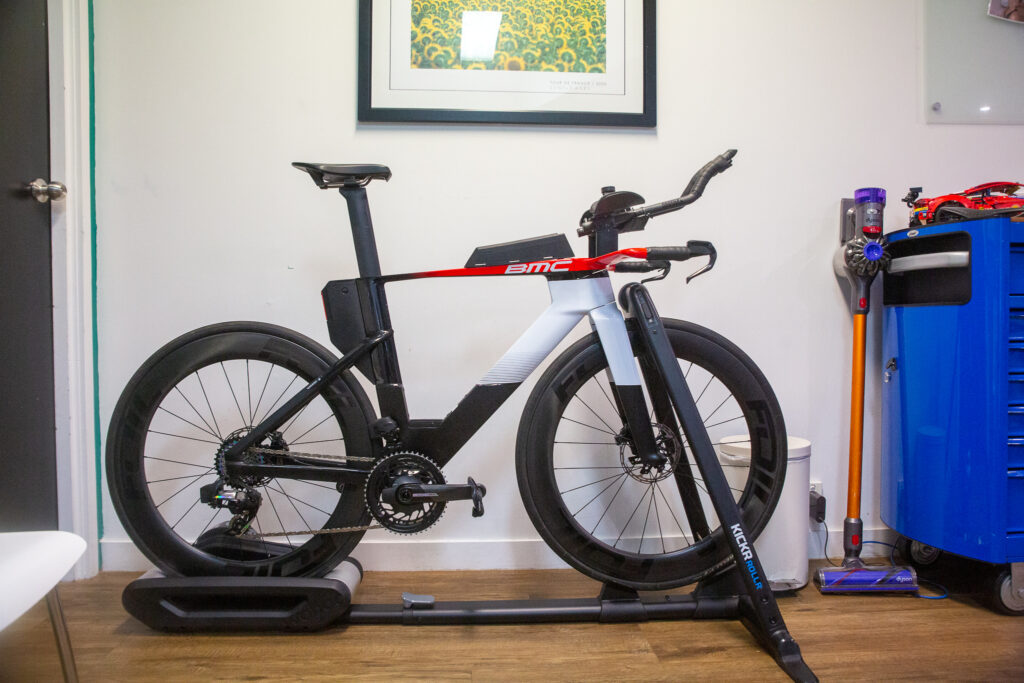
The price of pain-free riding
With a standard road or mountain bike fit starting at around $400, Nick acknowledges it’s an investment—but one that’s minor compared to a new bike or recurring physio appointments.
“We hear it all the time: people spend thousands on a bike, but they’re in pain after 20 minutes,” he says. “For a lot of people, a fit can mean the difference between riding more or letting the bike collect dust.”
Post-fit, riders are encouraged to give their bodies time to adjust. “Typically within two weeks, you should have a good indication of how the changes are working,” Nick says. “We send a follow-up form after five or six rides to see how they’re going.”
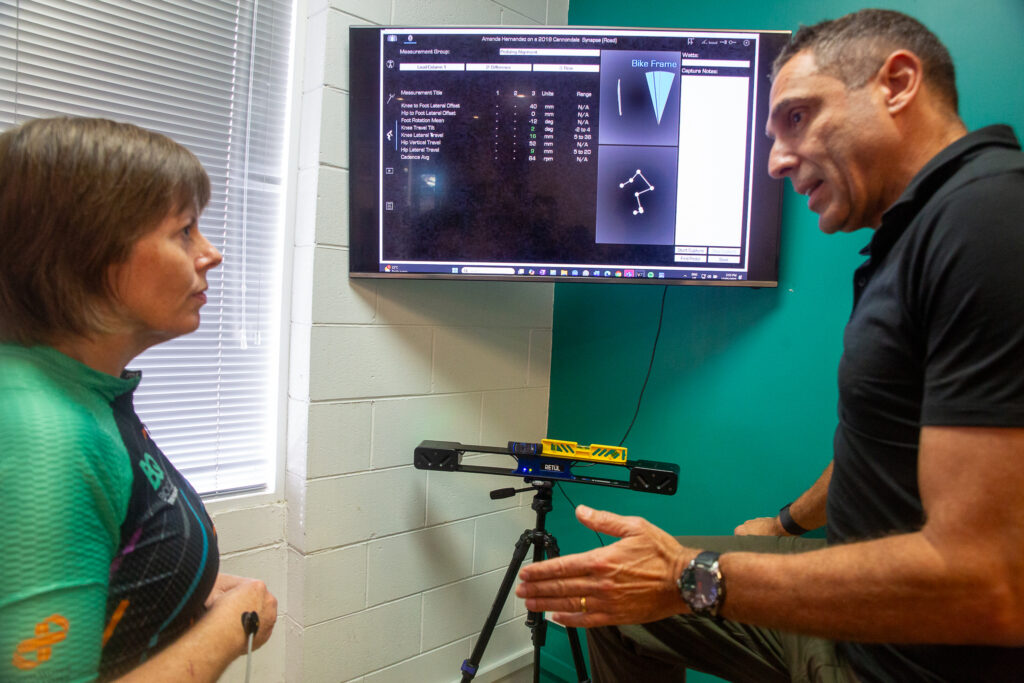
That process is key, because riding style, frequency, and goals all shape the ideal fit.
“We’re not trying to make everyone look like a pro. Most of us aren’t racing in the Tour de France,” Nick says. “It’s about finding the right position for where someone is now—and maybe where they want to go.”
The Bike Fit Studio philosophy is simple: comfort leads to consistency, and consistency leads to better outcomes—whether that’s performance, fitness, or just peace of mind.
“If you’re not comfortable at least 85% of the time you’re riding, then you should probably come in,” Nick advises. “Because the goal isn’t just to ride. It’s to enjoy it.”
Visit the Bike Fit Studio website.
